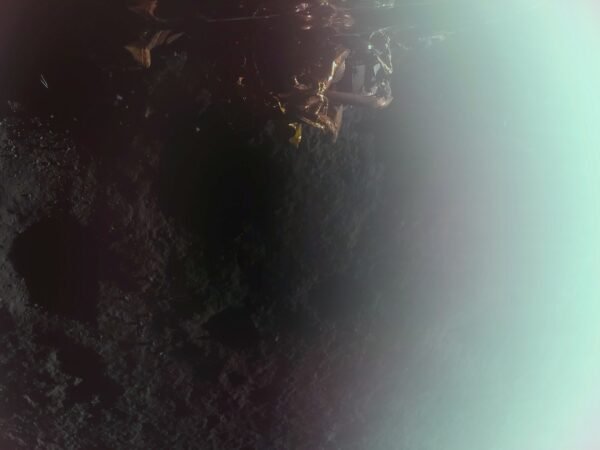Essential Insights
-
Successful Moon Landing: Firefly Aerospace’s Blue Ghost Mission 1 successfully landed on the Moon at 3:34 a.m. EST, marking the company’s first Moon landing and contributing to NASA’s CLPS initiative and Artemis campaign.
-
Scientific Payload: The lander carries 10 NASA science instruments set to operate for about 14 Earth days, focusing on lunar subsurface drilling, regolith sample collection, navigation systems, and radiation tolerance.
-
Pioneering Data Collection: During its journey, Blue Ghost transmitted over 27 GB of data and set a record for GNSS signal tracking at 246,000 miles, showcasing NASA’s ability to utilize Earth-based positioning systems on the Moon.
- Future Exploration Preparedness: The mission aims to gather valuable science insights for the safety and success of future lunar and Mars missions, strengthening the role of American companies in creating a growing lunar economy.
Touchdown! Firefly Aerospace’s Blue Ghost Mission 1 has successfully landed on the Moon. This achievement occurred at 3:34 a.m. EST on Sunday. The landing site, near Mons Latreille, is within Mare Crisium, a vast basin spanning over 300 miles.
The Blue Ghost lander is stable and upright. This mission marks Firefly’s first successful Moon landing and the company’s first delivery under NASA’s Commercial Lunar Payload Services (CLPS) initiative. This collaboration plays a key role in NASA’s Artemis campaign.
Onboard, the lander carries 10 NASA instruments. These tools will collect data on the lunar surface for approximately one lunar day, which equals about 14 Earth days. NASA’s acting Administrator highlighted the significance of this mission. It demonstrates how American companies are advancing space exploration for everyone.
Since its launch from Kennedy Space Center in Florida on January 15, Blue Ghost has traveled over 2.8 million miles. The mission downlinked more than 27 GB of data and conducted multiple science operations. For instance, it tracked signals using the Global Navigation Satellite System at an impressive distance of 246,000 miles. This achievement suggests that NASA can leverage Earth-based positioning systems on the Moon.
The journey also featured tests of radiation-tolerant computing and magnetic field measurements, crucial for future missions. An associate administrator at NASA emphasized the importance of these technologies. They prepare the way for significant exploration and potential long-term human presence on the Moon.
As Blue Ghost continues its surface operations, NASA will test lunar drilling technology, sample collection methods, and lunar dust mitigation techniques. The data gathered will enhance our understanding of how cosmic events affect Earth.
Firefly’s CEO expressed gratitude to NASA for the partnership. The successful landing marks a major milestone in commercial lunar exploration. As the mission unfolds, scientists plan to capture images of lunar sunsets and study how dust behaves during lunar dusk—the same phenomenon seen on the Apollo 17 mission.
So far, five vendors have secured 11 lunar deliveries under the CLPS initiative, contributing over 50 instruments to diverse lunar locations like the South Pole. The cumulative value for these contracts reaches $2.6 billion, emphasizing the continuing investment in lunar exploration through 2028.
This mission not only showcases technological advancements but also promotes collaboration between NASA and private companies, promoting a burgeoning lunar economy. As exploration efforts grow, they inspire future generations and prepare humanity for more ambitious endeavors on the Moon and beyond.
Stay Ahead with the Latest Tech Trends
Stay informed on the revolutionary breakthroughs in Quantum Computing research.
Stay inspired by the vast knowledge available on Wikipedia.
SciV1

